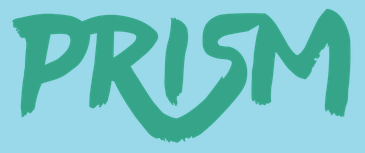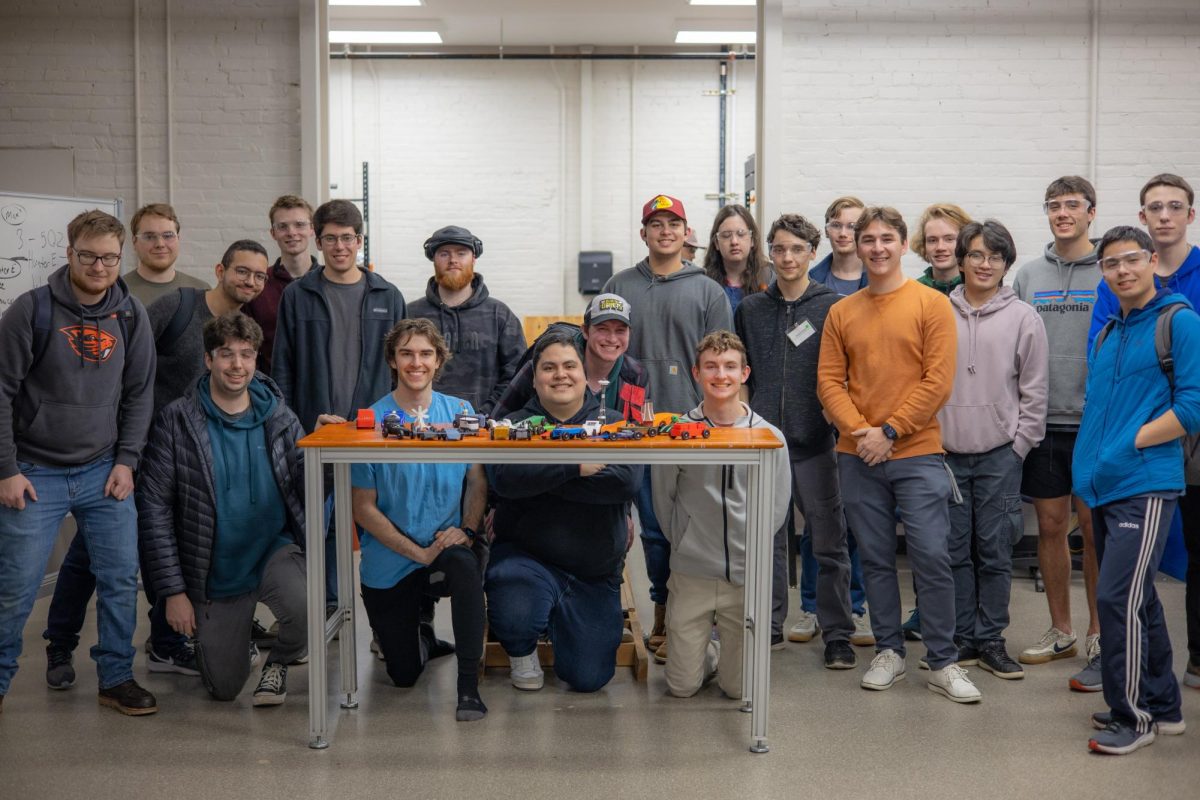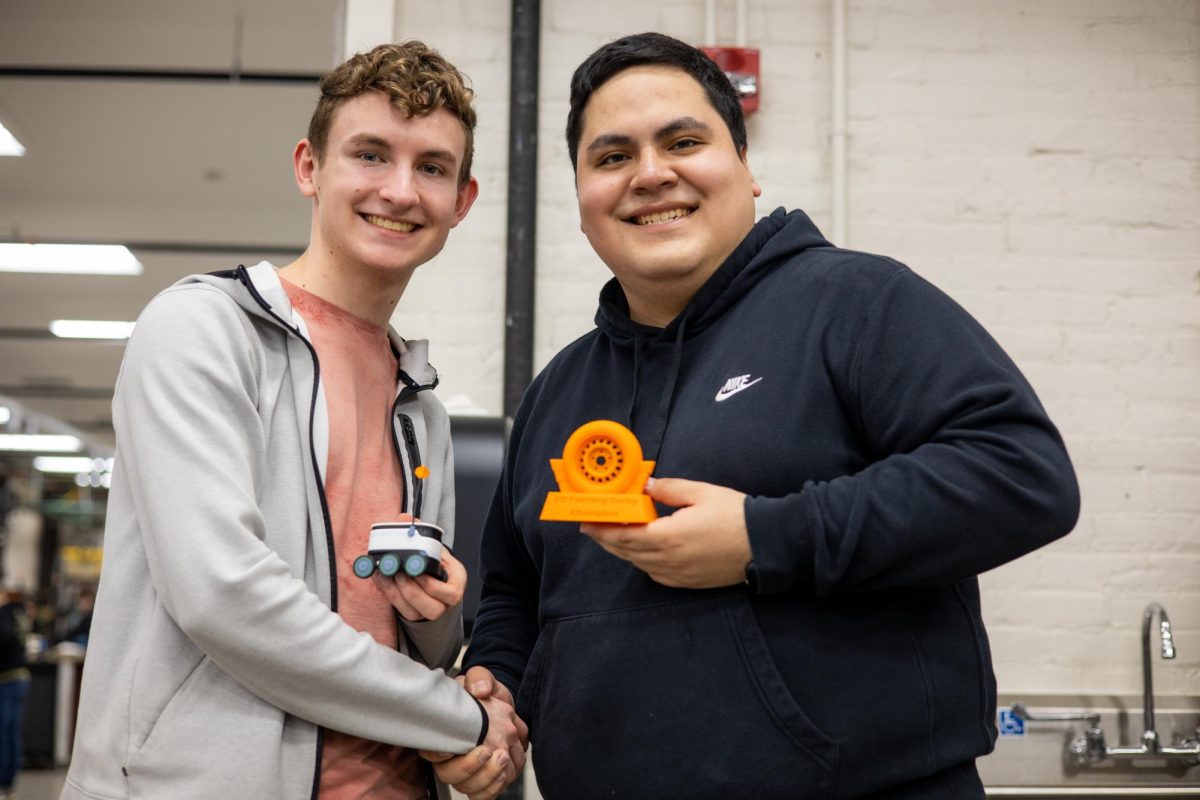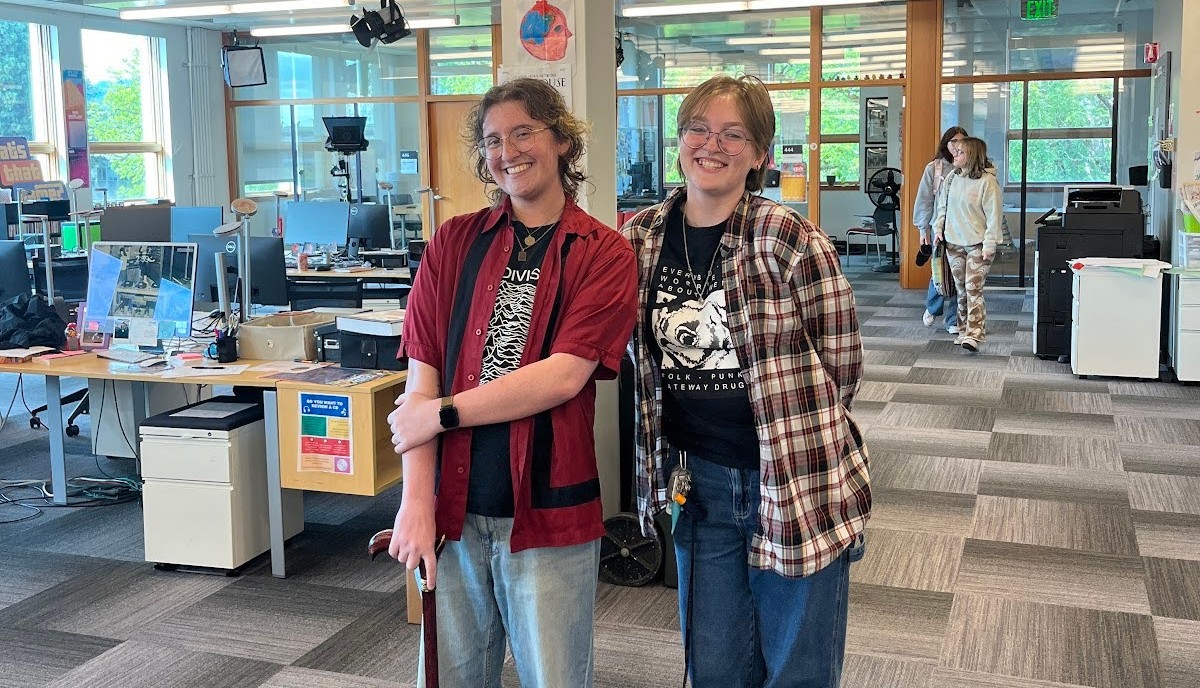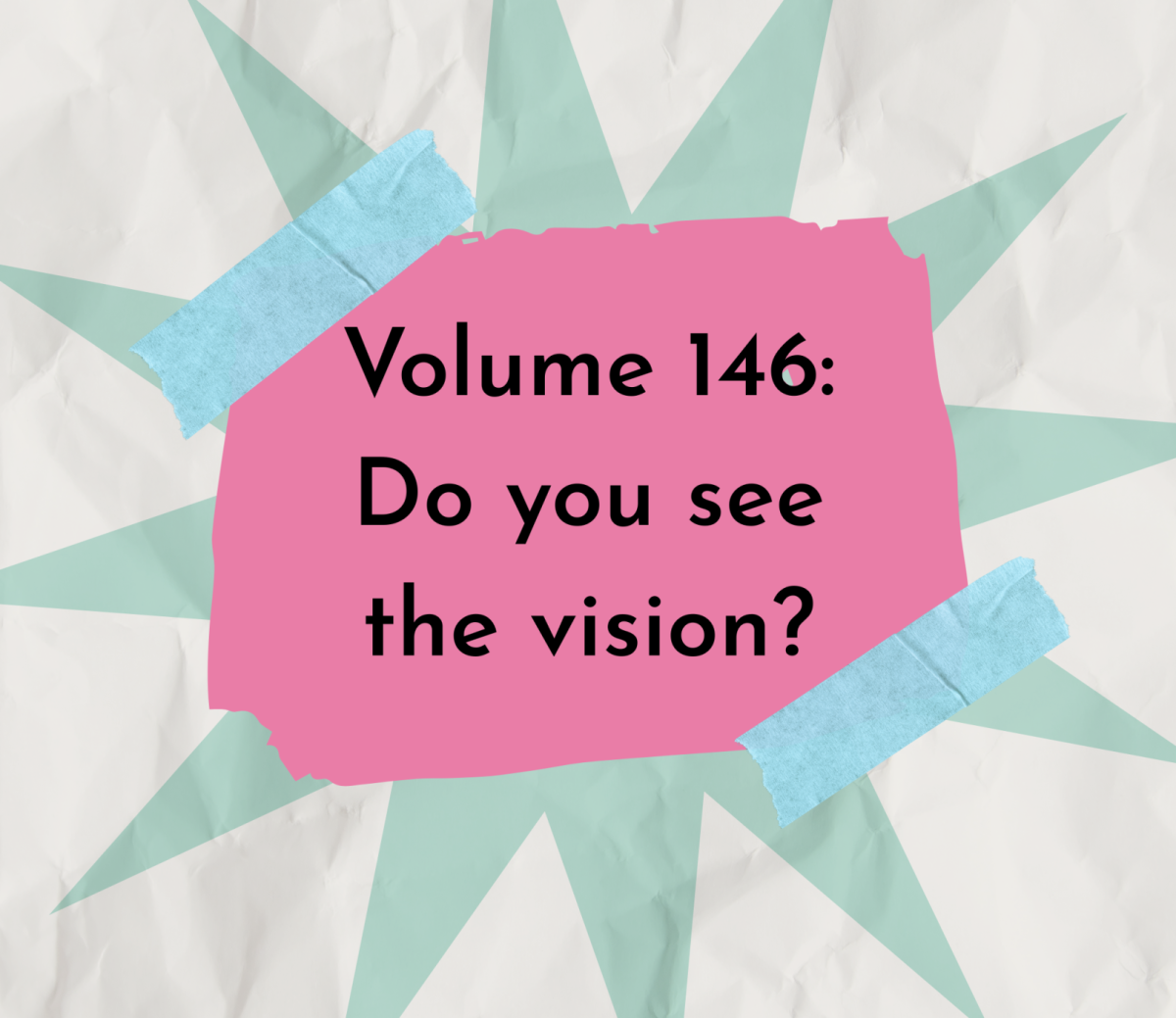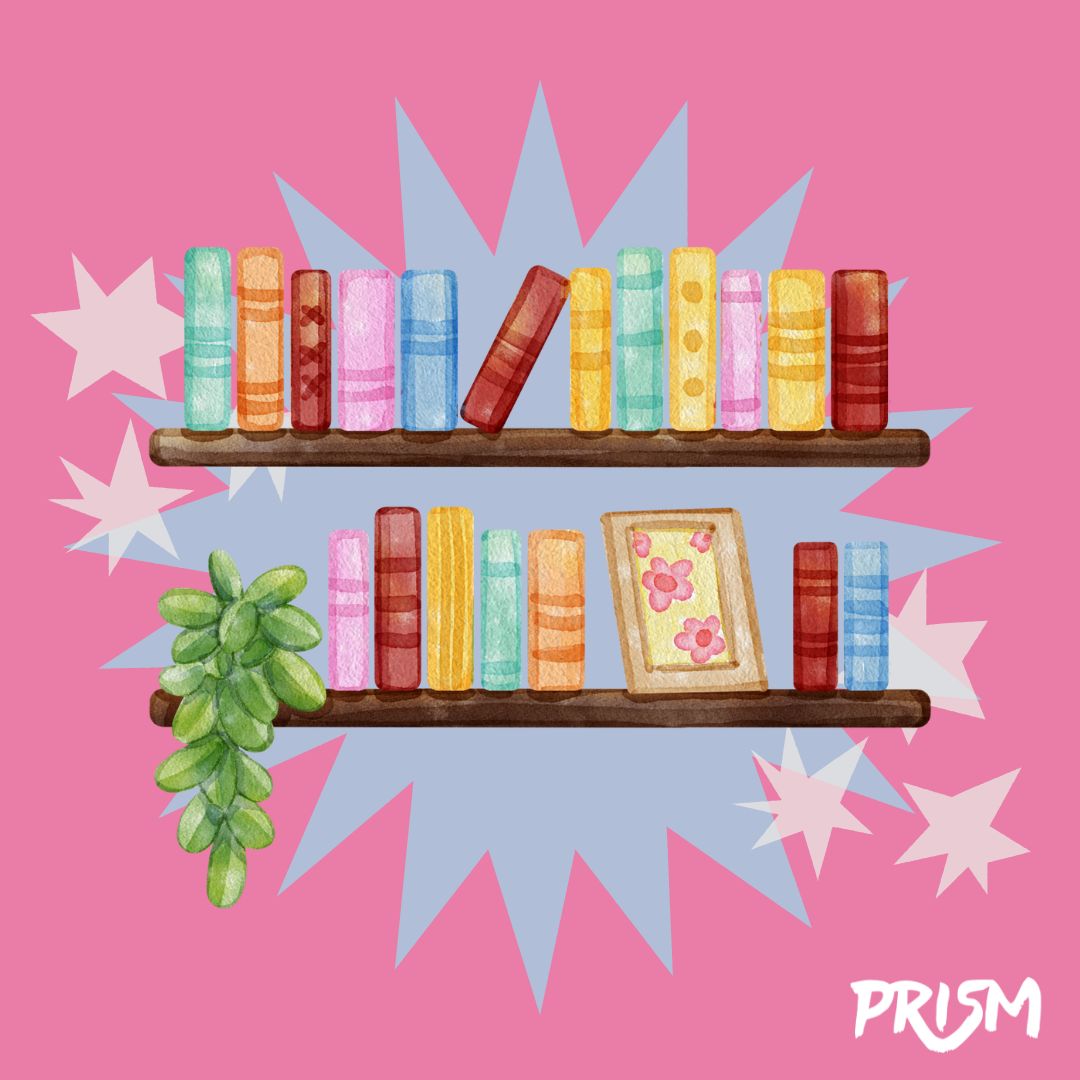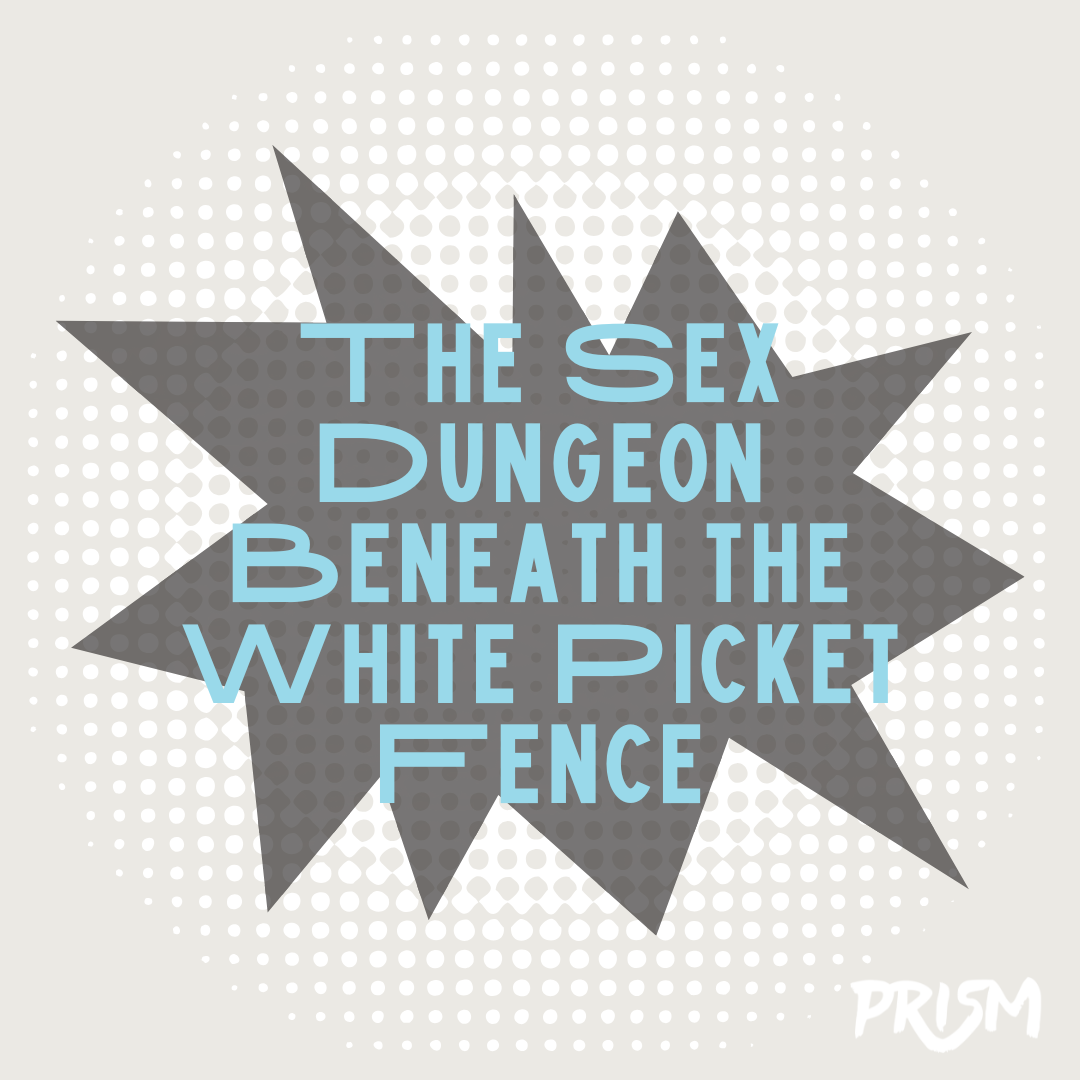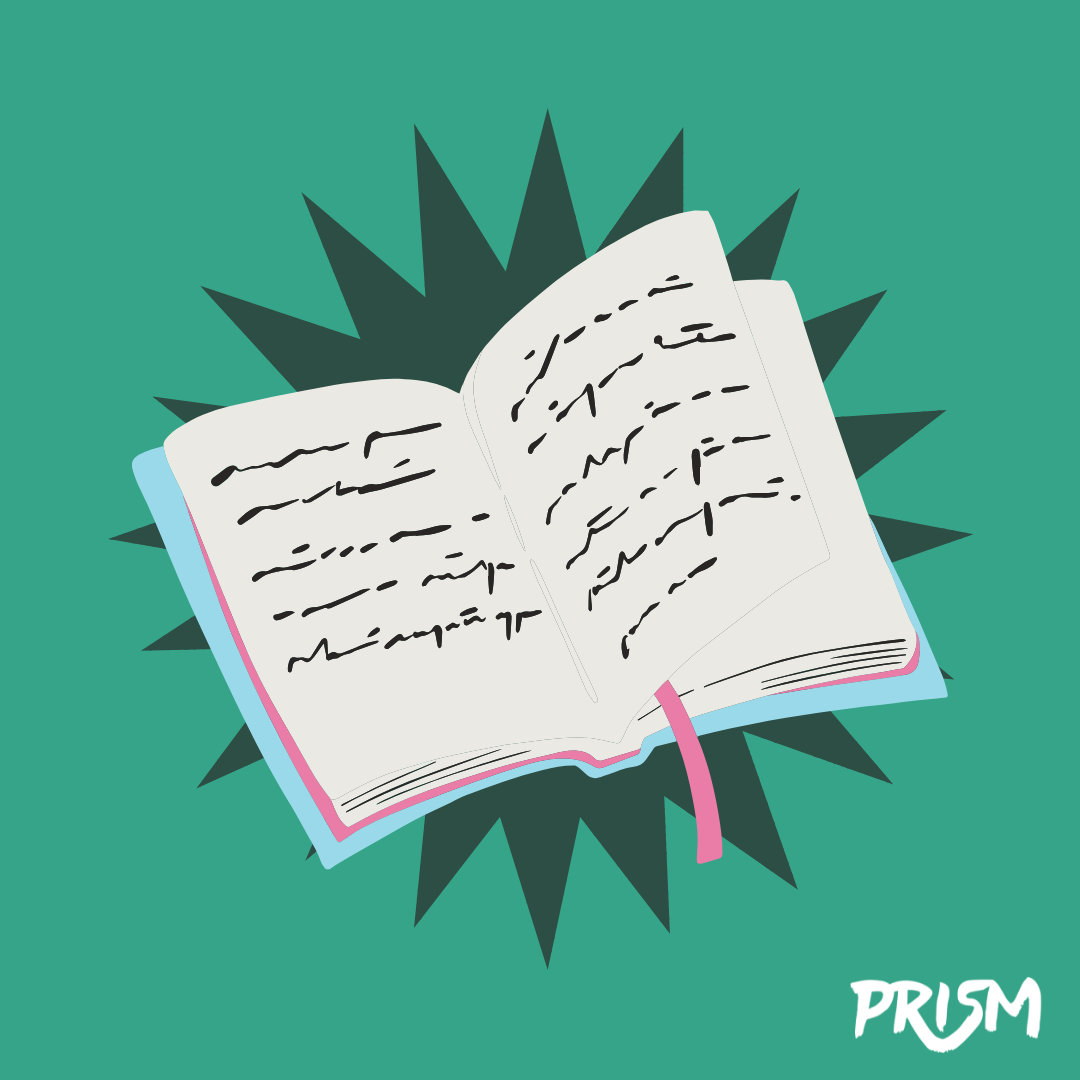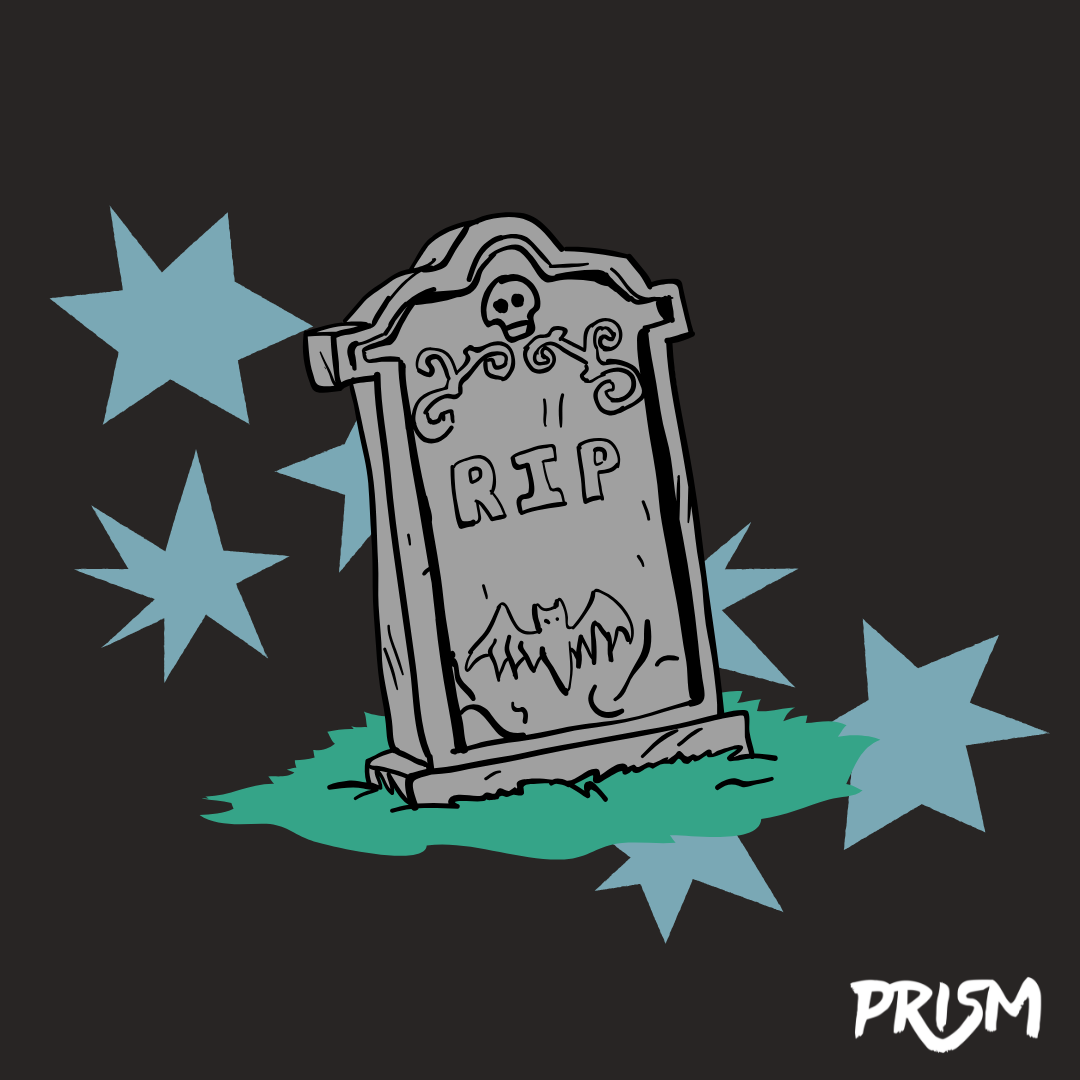Oregon State University’s 3D Printing Club hosted its annual 3D Derby on the night of February 6, 2024 in Merryfield Hall.
That evening, the 3D printing space and shop became a place where club members from all over campus came together to face off in a tournament of style, speed, technical build, modeling, and engineering with the racing of their mini 3D-printed derby cars. The designs were modeled by the contestants and followed rules regarding dimension, weight, material, lubricant, and no outside propulsive forces other than gravity. Aside from these simple restrictions, the contestants were free to create any sort of derby car that they could imagine.
Six winners of the competition were each awarded with their own 3D-printed custom orange trophies as well as one $25 Amazon gift card. The awards were given to the fastest car overall, the further jump distance, the best stylistic design, the slowest car, and a special choice by the officers. The prizes really didn’t seem to be on the minds of the contestants through.The atmosphere was casual and the ‘competition’ functioned more as a celebration of everyone’s hard work and learning experience (the name of one of the derby cars) leading up to the event.
The derby cars themselves ranged from crazy designs such as replicas of the Seattle Space Needle, Dutch Windmills, and a Starship robot with Eco2Go weights that were stored under the Starship’s life-accurate hatch to tamer designs such as classic car designs, replicas of slabs of wood, and simple geometric shapes. Competitors ranged from experienced modelers and printers to people whose first ever print would be entered into this very competition. The event was open to anyone who was interested, and the enthusiasm reflected that point quite well.
The event began with a meetup in Merryfield 112 with plenty of pizza, snacks, and drinks. A very brief presentation announced the structure of the competition, weighed all of the cars, and introduced us to all of the competitors and their vehicles. Every single derby car model was met with plenty of cheer from the overfilled classroom with not even the hint of snarky jests, and the most stylistically-pleasing car was voted on by the attendees. Afterwards, attendees moved to the central area of the building where the competition would be held. A huge pinewood derby track was the stage for the actively-competing derby cars, which were pitted against each other via a bracket system.
The racing of the cars was a fairly quick but exciting endeavor, with attendees and competitors crowding the entire length of the derby track, phones in hand and recording the outcomes of each race to determine the winners. After the main racing trials had concluded, a segment of the derby track was removed from the end, and the new end of the track was elevated by backpacks and miscellaneous items to commence the ‘jump’ trials. These trials were an optional additional competition where racers would run their cars down a track that would launch the cars into the air at the very end. Many of the stylistic competitors such as the Starship-modeled robot very understandably opted to not compete in these trials.
A group picture was taken at the end, the pinewood derby track was deconstructed, and everyone went home with a well-stocked photo gallery of a fun evening. This event was a super fun time that I’m glad that I was able to attend. Even though it was my first time in a space like this, the members all treated me very warmly; it was a definite wonderful welcome to their community. I loved how they treated each other, their competition, and how inviting they are to new guests to their community. If given the opportunity, I would recommend any remotely interested reader to attend or even take part in next year’s annual 3D derby. The 3D Printing club hosts all sorts of events throughout the year, so I would encourage anyone to check out their super accessible space if interested.

